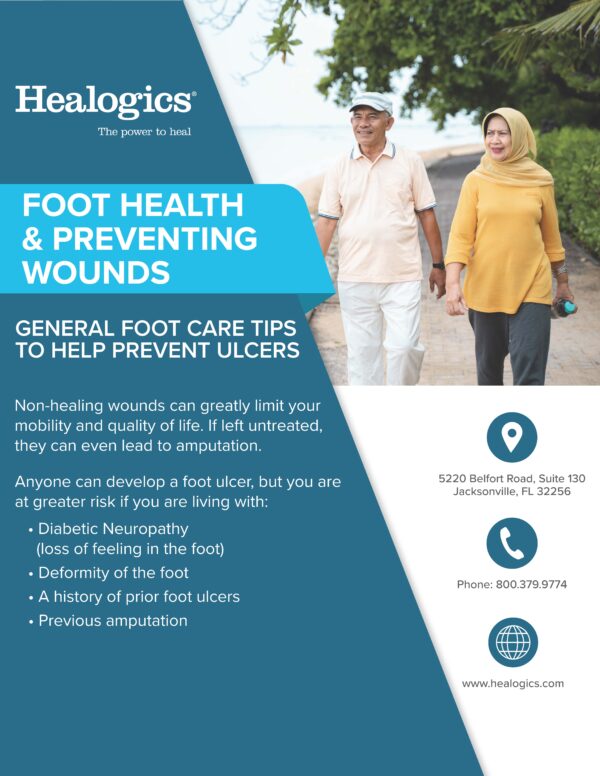Diagnostic Techniques for Arterial and Venous Ulcers
Accurate diagnosis is a crucial first step in managing leg ulcers. Healthcare professionals use various diagnostic techniques to determine whether an ulcer is arterial, venous, or of another origin. This information guides treatment decisions and helps predict outcomes. Common Diagnostic Methods Physical Examination: Visual inspection of the ulcer and surrounding skin Assessment of pulses, skin…

